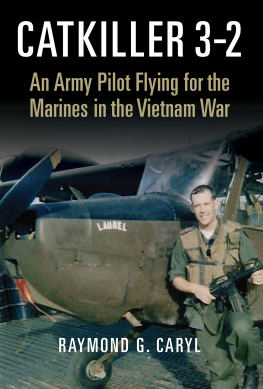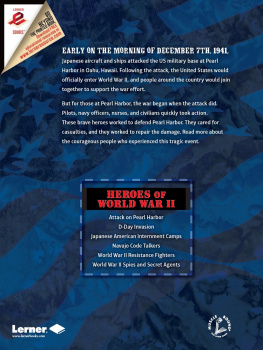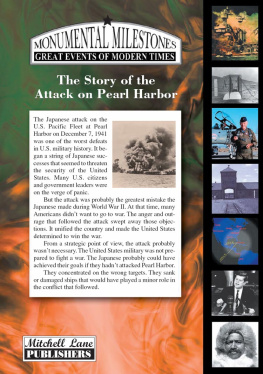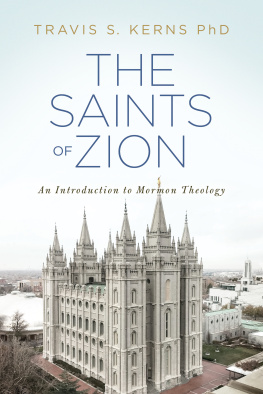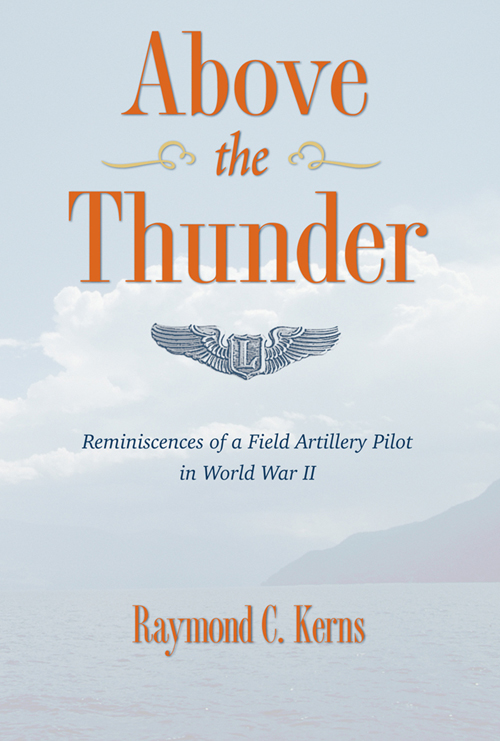ABOVE THE THUNDER
ABOVE
THE
THUNDER

Reminiscences of a Field Artillery Pilot in World War II
Raymond C. Kerns
The Kent State University Press
Kent, Ohio
2009 by The Kent State University Press, Kent, Ohio 44242
All rights reserved
Library of Congress Catalog Card Number 2008040098
ISBN 978-0-87338-980-8
Manufactured in the United States of America
Library of Congress Cataloging-in-Publication Data
Kerns, Raymond C., 19212008.
Above the thunder: reminiscences of a field artillery pilot in World War II/
Raymond C. Kerns.
p. cm.
Includes bibliographical references and index.
ISBN 978-0-87338-980-8 (hardcover : alk. paper)
1. Kerns, Raymond C., 19212008. 2. World War, 19141918Aerial operations, American. 3. United States. ArmyAviation. 4. World War, 19391945CampaignsPacific Area. 5. World War, 19391945Artillery operations, American. 6. World War, 19391945Personal narratives, American. 7. Air pilots, MilitaryUnited StatesBiography. I. Title.
D 790.2. K 47 2009
940.54'4973092dc22
[B]
2008040098
British Library Cataloging-in-Publication data are available.
13 12 11 10 09 5 4 3 2 1
This book is dedicated to Dorie, my wife
and my inspiration for every good thing Ive done
since I met her on 25 June 1940.
And to our children, Carol and Noel,
and our grandson, Grant Raymond Kerns.
And to my parents.
Thunder across the land!
Thunder! We take our stand.
Thunder! And we are the ones
Who watch above the thunder of the guns.
R AYMOND C. K ERNS , Watch above the Thunder
(A Song for Army Aviation)
CONTENTS
Introduction: The Heroic Liaison Pilots of World War II and the Amazing Piper Cub L-4
by Tom Baker
Appendix: History and Specifications of the J-3 Piper Cub
by Tom Baker
Notes
by Tom Baker
ILLUSTRATIONS
A NOTE ON THE LANGUAGE
This book faithfully records a time in American history when certain terms were commonly used that may now seem offensive. Words like Jap and Nip were soldier shorthand for Japanese and Nipponese, and also came into widespread use among civilians.
Racial epithets were used in the highly charged atmosphere of the war, and no doubt there were some who intended these shorthand terms as insults, but it will become evident to the reader that Raymond C. Kerns was not among them. He deeply respected all mankind, including the enemy, and for him, these terms carried no hint of racism.
We are very proud that in this book about war, the authors great love for humanity shines through.
The Family of Raymond C. Kerns
PREFACE AND ACKNOWLEDGMENTS
If youre looking for macho, fighting-man talk, youve picked up the wrong book. As you may guess when looking at my photos, Im not that kind of fellow. And you wont find lurid romance or exaggerated dramatization of fairly ordinary eventsI hope. Not that I dont like drama, I just cant write it.
This is just an honest narration of some of my experiences, observations, thoughts, and acquaintances during my service in the U.S. Army between 1940 and 1945, during first years of what became a new branch of the Army: Army Aviation.
If Im not a very remarkable fellow, why do I bother writing my story? Well, while I was not the first, I was among the earliest pilots in the Army Ground Forces organic air observation program that began in 1942, proved itself of great value on the battlefields of World War II, and eventually evolved to the highly sophisticated combat and logistical element that it is today. Few of my contemporaries have written their personal experiences, so not many people know what we really did to earn our pay. Therefore, I think that I, who probably was a fairly typical Army pilot, can and should help give the public some idea of what it was like. Besides, I enjoy telling my little stories.
I was born in 1921 on a small tobacco farm in Nicholas County, Kentucky. We were very poor people, and times were hard all over when I was growing up. My parents divorced when I was eleven, and I dropped out of school before completing the ninth grade. After working on various farms and in two or three futureless small-town jobs, I enlisted in the Army on 6 September 1940 for duty with the 8th Field Artillery at Schofield Barracks, Oahu, Territory of Hawaii, where I arrived in December. A year later, I was there as a radio operator when the Japanese attack opened our full participation in World War II. Thats where this book begins.

It was Lew LeGrand who tracked down former members of the 89th and brought them together into an informal organization called the 89th Field Artillery Battalion Association. My wife, Dorie, and I attended its annual reunions in the late eighties and through most of the nineties, and I served as publisher of Thunder, the associations newsletter. It was good to be in contact with these old friends, and I am deeply grateful for their kindness and friendship. In many cases, they helped make it possible for me to recall and record the experiences in this book.
My recollection of events, names, and dates was often refreshed by reference to Sanford Winstons The Golden Cross, a history of the 33d Infantry Division in World War II. Rafael Steinbergs Return to the Philippines provided some background information on Russell Volckmann.
Don Vineyard of Mansfield, Missouri, my partner in the 122d Field Artillery Battalion, read and critiqued the manuscript for this book and prompted my memory of some adventures we shared. Floyd Erickson of Pleasant Hill, California, was a former flying friend whose own L-4 exploits would put mine to shame if he had ever written them down. Floyd put me in touch with Tom Baker of Tijeras, New Mexico, a flying son of Don Baker, another old artillery pilot. Tom read and critiqued my manuscript as well, then put the whole thing in order and submitted it for publication. It would never have seen the light of day without Toms personal dedication over a period of several years.
Im also grateful to Tom for writing the introduction to this book, which establishes some historical context. At this writing, Tom and I have never even met face to face, yet I count him among my clos est friends.
Introduction
THE HEROIC LIAISON PILOTS OF WORLD WAR II AND THE AMAZING PIPER CUB L-41
TOM BAKER
Lt. Col. Raymond R. Kerns has written here what I believe to be one of the finest memoirs to come out of World War II. He witnessed and participated in some extraordinary events, including the Japanese attack on Pearl Harbor, and he has the writing skills to bring them to life for us. One of the historians who reviewed the manuscript for the publisher said it would make a good movie, and I said it before he did.
Raymond Kerns was a young enlisted man in the Army before the start of the war, stationed in Hawaii, and when the Japanese attacked Pear Harbor on 7 December 1941, he was at Schofield Barracks and fired back at the attacking aircraft with an automatic rifle that he hastily grabbed from his barracks arms room, and thus began his eventful participation in the conflict. Later in the war, as an artillery liaison pilot, he was involved in many more exploits that he vividly recounts for us in this book, as U.S. forces battled the Japanese Imperial Army back across the Pacific, dislodging it from New Guinea and the Philippines as they hammered their way ever closer to its homeland.


